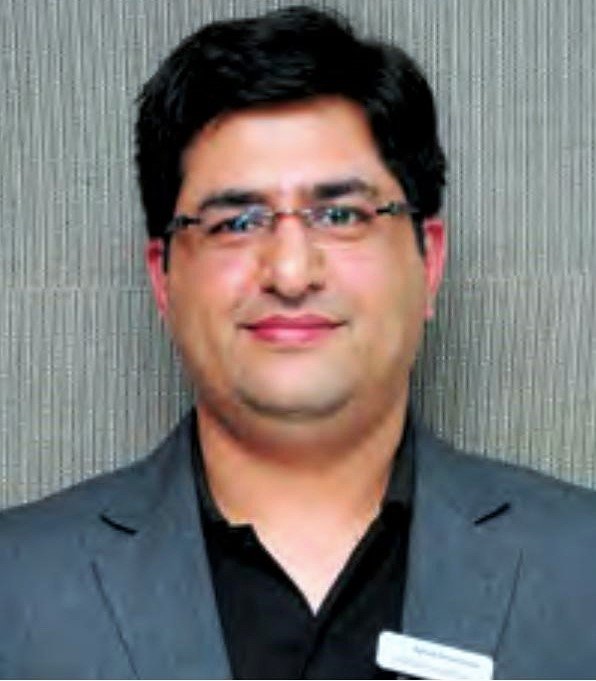Inside BENEO’s new pulse plant: pioneering sustainable protein from faba beans
In conversation with NuFFooDS Spectrum, Bharat Bhardwaj, Country Manager-India, Agilent technologies, talks about the company’s innovations happening globally and in India, and also how these innovations would specifically help the food industry.
Tell us about the innovations by Agilent technologies in the past few months, globally and in India.
Agilent has introduced the new Intuvo 9000 GC solution that is a revolution for the Gas Chromatography technique. This new GC is an intelligent system that will empower every lab technician to deliver results like GC experts. Lab managers will also appreciate the boost in productivity, and business owners will enjoy improved financial outcomes. We have also introduced a new spectrometer, Agilent 4210 Microwave Plasma-Atomic Emission Spectrometer, that considerably reduces the cost of multi-element analysis. This is especially important to laboratories in the food, agriculture, petrochemical, environmental and mining industries.
What are your expansion plans in India?
Agilent will continue to increase its footprint in India with a specific coverage program of investing in new tier II and tier III cities. This will enable us to cater to the needs of our clients in new upcoming geographies. At the same time, with our global presence in the food market, we are now working closely with key regulatory bodies to understand key challenges and how we, as solution providers, can bring technologies to address such scientific challenges. We have a Centre of Excellence in Bangalore and Manesar to provide state-of-the-art application support to customers.
Can you brief us a little about the new 4210 microwave plasma-atomic emission spectrometer?
MP-AES is one of Agilent’s initiatives towards a greener planet with the lowest carbon foot print as compared to any other elemental spectroscopy technique. The 4210 MP-AES is a multi-element analysis with high sensitivity and detection limits down to the ppb levels technique that enables laboratories to run more samples and generate higher revenue. Best of all, the Agilent 4210 MP-AES runs on air instead of combustible gases.
This is unique to Agilent and it makes the instrument safer as well as cost effective and enables unattended operation. In a vast and diverse country like ours, this system can take multi-element analysis to labs that may not even have access to regular supply of gases at remote locations. New automation software allows automated remote control of the instrument, with status updates and results relayed to you in real time. This opens up new possibilities for applications such as on-site process stream monitoring and environmental monitoring.
How is it important for the food industry specifically?
Agilent’s 4210 MP-AES is suited to the multi-element analysis of samples with high dissolved solids con-tent, such as soil. It offers improved performance when compared to the traditional FAAS, with lower detection limits, particularly for important elements like Boron and covers non-metals like Phosphorous and Sulphur. The simplicity of the instrumentation and user-friendly software facilitates instrument setup, method development and data interpretation with minimal training for use in the agricultural sector.

